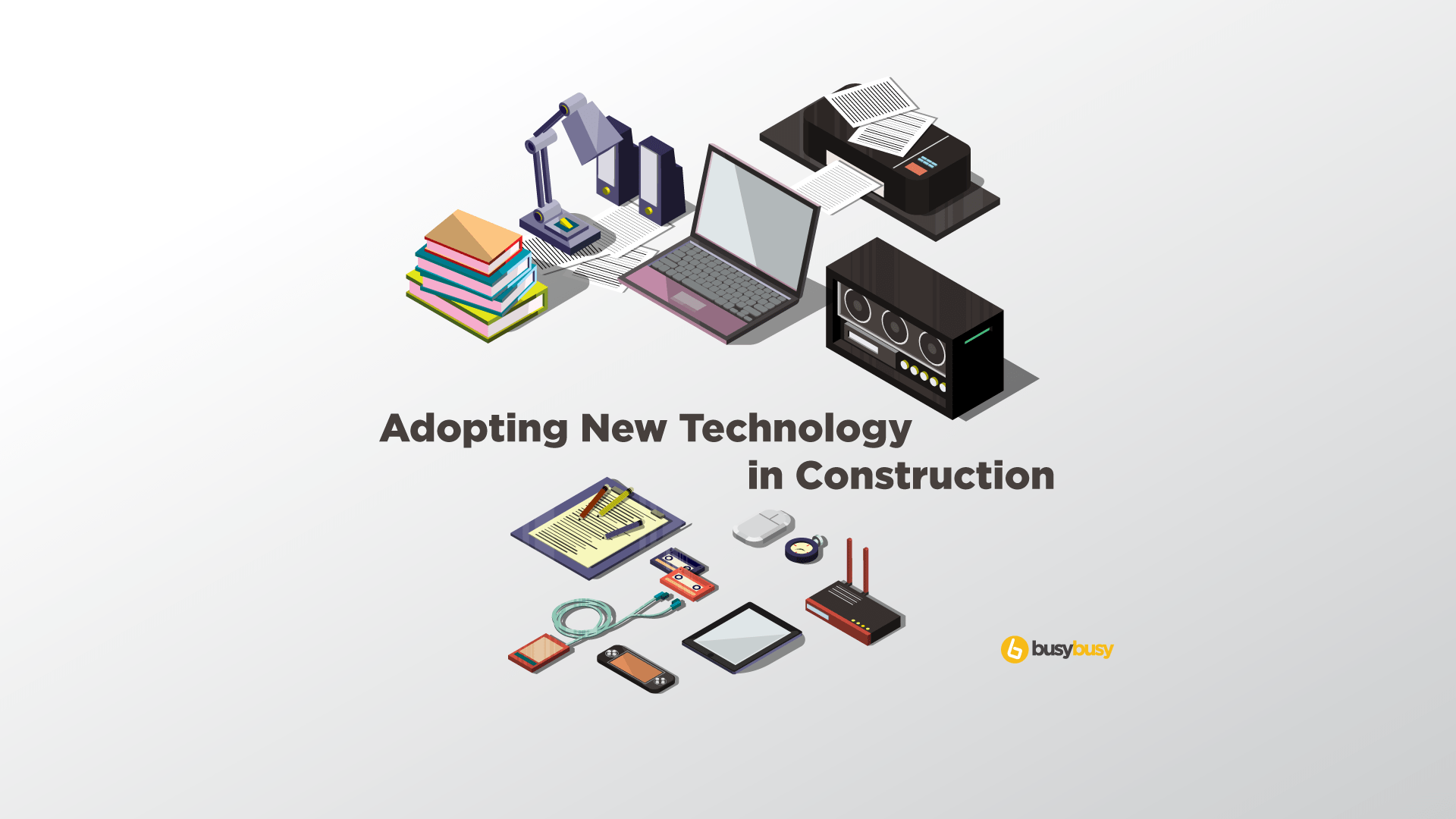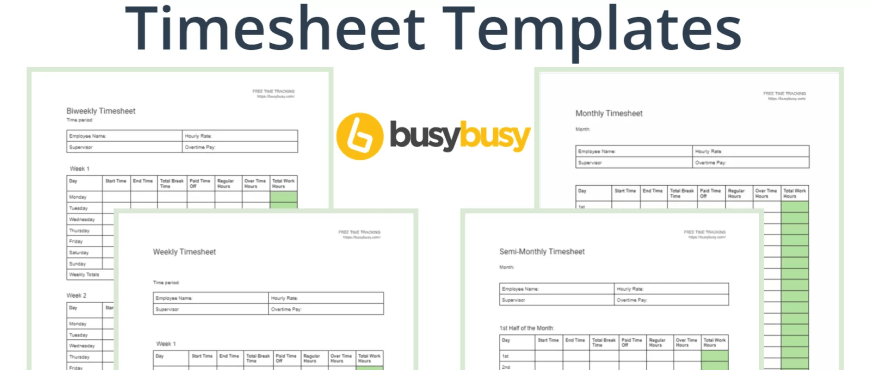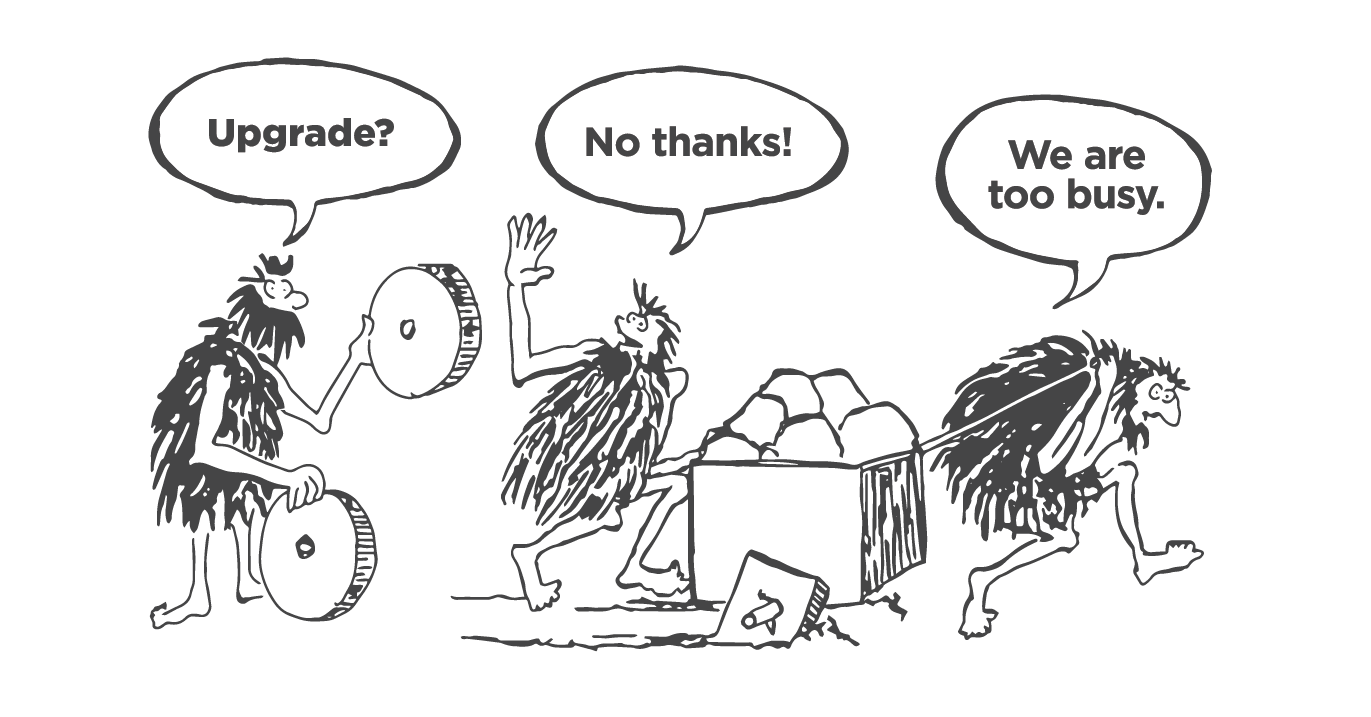
I worked my way up the construction industry ladder over the course of a dozen years. I started out as a laborer pulling around concrete blankets and had become a Project Manager on multi-million dollar projects before starting into the tech side of the construction industry. Over the past 2 and a half years, or so, I’ve had the unique opportunity to go behind the scenes with contractors large and small to help them out with technology. I’ve visited offices and job sites and helped everyone, from upper management down to field employees, realize the value of new technology in construction.
In doing this I’ve seen three very important things that help employees accept new technology.
Find Technology Champions
First and foremost, the key to getting employees to accept technology is having internal support for it. Somebody has to spearhead the cause and they have to be excited about it, a Technology Champion.
If you look at your organization, I can guarantee, that person is not hard to find. They’re people that aren’t afraid of reinventing the mousetrap. Many times this is not the person in charge of IT at the company. While IT employees are very important in the decision-making process they are oftentimes not the end user.
I’ve seen Technology Champions be young project engineers or old-school superintendents- the key is that they have the desire to push forward and learn.
Test The Product
When I say this, I mean that it needs to go beyond pushing buttons in a product demo. Pick a group of your most “typical” users, supported by a Technology Champion, and ask them to test a product for a month or more, depending on the product.
Give them two guidelines:
- Find the best solution for everybody
- Give brutally honest feedback; positive and negative
Letting them know that they’re testing a product for a potential group-wide rollout will give them a sense of responsibility, for themselves and their peers, to do what’s best for the company.
At regular intervals in the trial follow up and ask your group for their honest feedback. Often times I’ve found that the negative feedback isn’t so much a lack of functionality in the product, but rather knowing where that feature is within the product. Take the feedback and work with your representative from the product being tested and let them help.
This process (Test—> Feedback—> Retest —> Decision) will enable you to make the smartest decision for everybody involved.
Here’s a Pro Tip– Some companies are more liberal with extending trials than other companies. If you need more time to test with your people, ask the product’s rep for it. In my experience, a rep would rather work with you to get the implementation right and ultimately make a sale with a happy customer that’s around for the long term.
Top-Down Support
Changing a habit is not easy. People have done things one way for years (decades even) and when you ask them to change their processes it’s hard. Remember the change in construction from fax machines to email? Cell phones to smartphones? It took a while to be adopted even though the technology was available for years.
One tactic that works is to have top down support. The more higher-ups in a company who encourage, support, and in some cases, demand that things change, the easier I’ve found the transition to be.
On the flip side, if upper management doesn’t, encourage, support, and demand the change, workers will be slower to adopt it. Increasing the chances of failure for the new technology.
It’s “easier” to do what you’ve been doing even if the old way is less efficient, takes more time, and ultimately costs money. Top-down support provides the needed motivation for employees to get out of their comfort zones.
Follow these steps and your team should be adopting new technologies in half the time. They’ll work more efficiently and make your life easier.
Take the first step toward simplifying your payroll process and improving your workforce analytics. schedule a demo today.











